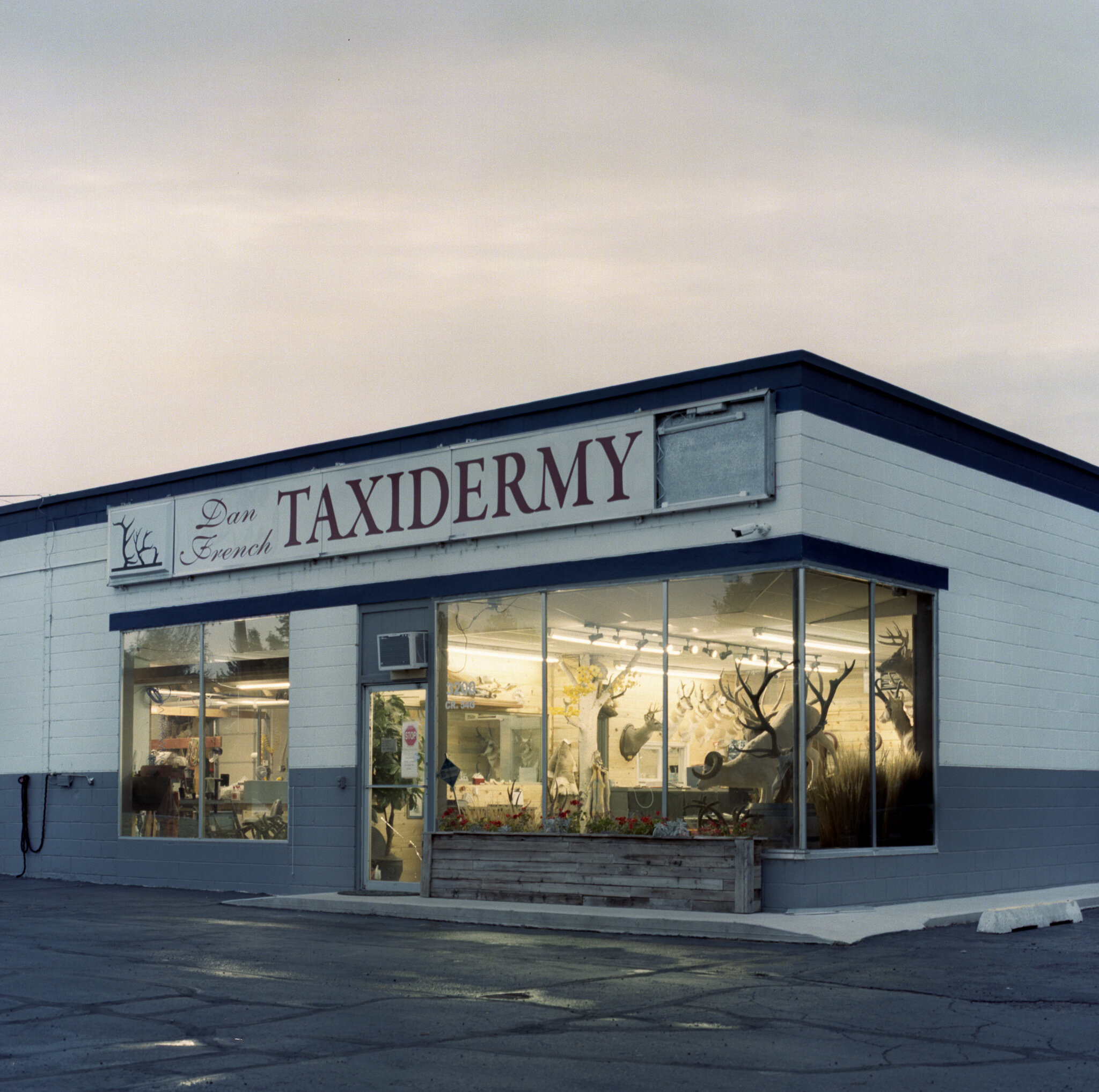Kodak Portra 400 is the perfect film choice for exceptional blue hour exposures. Blue hours is the time of the day, pre-sunrise or post-sunset, when the sun settles below the horizon before the sky goes dark. You know it's blue hour because everything takes on a subtle blue tint. During this time, the light is soft and quickly changing. You'll only have about 20 minutes to capture an exposure. Shooting film during blue hour takes careful planning and a little math.
First, you'll want to know what you're shooting. If you wander around aimlessly, you will most likely miss that blue-hour window. Plan to be on location during sunset, or, if you're an early bird, about 30 minutes before sunrise.
From a tripod, and using a shuttle release cable, set up and compose your shot. Then wait.
If photographing a sunset blue-hour subject, wait until the sun drops below the horizon and meter for the shadows or mid-tones. I like to shoot an aperture as high as F/11 to ensure a long exposure. A rule of thumb: tinker with your aperture until you get an exposure of 4 seconds, then set your camera to its bulb setting, and take an 8-second exposure. This longer exposure will account for Portra 400's reciprocity failure and provide the overexposed highlights that Portra prefers.
Reci-what? Reciprocity
Per Wikipedia, film reciprocity is " the relationship whereby the total light energy – proportional to the total exposure, the product of the light intensity and exposure time, controlled by aperture and shutter speed, respectively – determines the effect of the light on the film." Basically, it's the time you need to account for when exposing Kodak Portra longer than 2 seconds.
The Math
If you want to do it right. Take your exposure value (if longer than two seconds), raise it to the power of 1.34, and bracket up or down as necessary. This will give you the corrected exposure. For example, an exposure reading of 4 seconds would be 4^1.34 = 6.4 seconds. So I would shoot an exposure at the next available setting, which is 8 seconds.
Check out this great thread that explains the math behind the logic.

